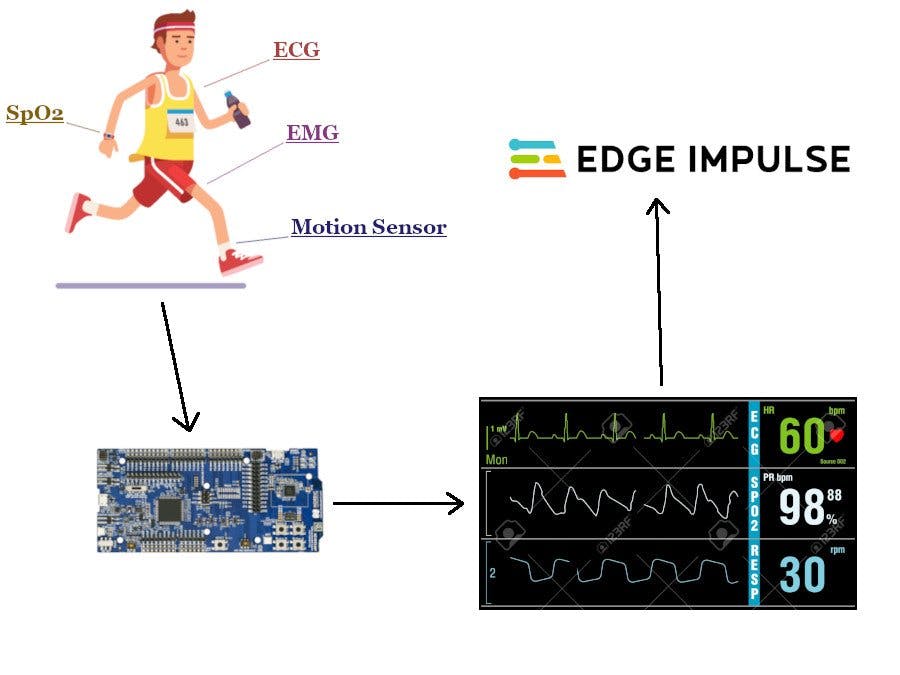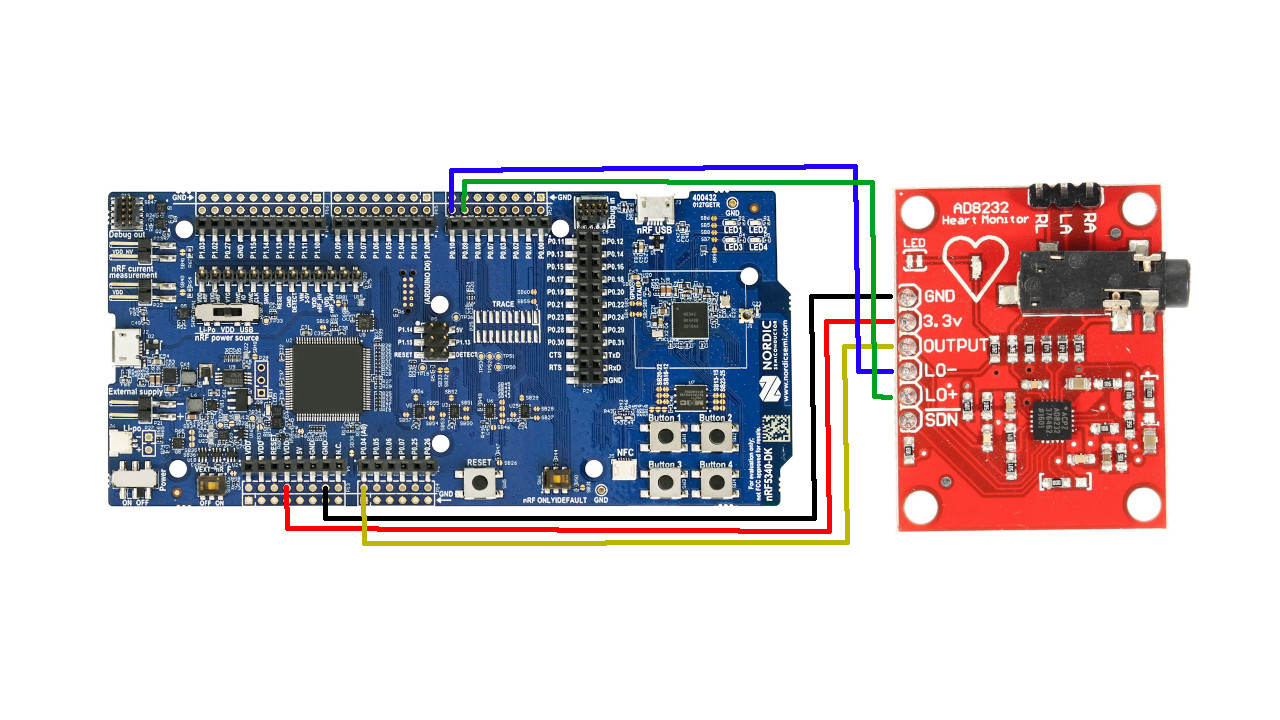Modern biomedical technology goes beyond professional medical institutions and finds application in various areas of life, where it is necessary to obtain information about human health. The largest area for such applications of biomedical technology is sports, especially those associated with prolonged physical activity. The development of the modern sports industry and infrastructure poses complex tasks and makes special demands on sports specialists, coaches and doctors in the preparation of highly qualified international class athletes. At the same time, the development of modern medical technology makes it possible to directly study the body's response to a particular effect, which provides important information for diagnosing the performance and functional readiness of an athlete.
In this project, I tried to implement a system for biomedical monitoring of the human condition. The purpose of the work is to give answers to the following questions: how training affects a person, what kind of physical activity he can withstand at the moment. The answers to these questions are important for the professional athlete, and for beginners and their coaches, this information will help determine the training regimen.
The object of the study is the collection and analysis of various indicators of a person's response to physical activity (HR, ECG, EEG, SpO2, etc.). One of the tasks of the research is to find a method that would allow to quickly and accurately determine a person's ability to exercise. In other words, the level of general physical performance.
CommentSince I was first working with a development board from Nordic Semiconductor and in the Segger Embedded Studio development environment, I did not have enough time to fully understand all the intricacies of development. So I tried to implement a small project using one module: AD8232.
Hardware:AD8232 - is an economical module used to measure the electrical activity of the heart. This electrical activity can be identified as an electrocardiogram (ECG) and displayed as analog readings. ECGs can be extremely noisy, and the AD8232 heart rate monitor acts as an operational amplifier so that a clean signal can be easily obtained for determining PR and QT intervals.
The heart's electrical system controls the generation and propagation of electrical signals through the heart muscle, causing the heart to periodically contract and relax, pumping blood. In the course of the heart cycle, an orderly process of depolarization occurs. Depolarization is an abrupt change in the electrical state of a cell, when the negative internal charge of the cell becomes positive for a short time. In the heart, depolarization begins in specialized pacemaker cells in the sinus-atrial node. Further, the excitation wave propagates through the atrioventricular (atrioventricular) node down to the bundle of His, passing into the Purkinje fibers and then leads to a contraction of the ventricles. Unlike other nerve cells, which are unable to generate an electrical signal in a self-oscillating mode, the cells of the sinus-atrial node are able to create a rhythmic electrical signal without external influence. More precisely, external influences (for example, physical activity) affect only the oscillation frequency, but are not needed to start this "generator". In this case, periodic depolarization and repolarization of pacemaker cells occurs. The pacemaker also has a stable frequency generator that acts as the sinus-atrial node. Living cell membranes act as condensers. Due to the fact that the processes in cells are electrochemical, and not electrical, depolarization and repolarization in them occur much slower than in a capacitor of the same capacity.
Electrodes located on the patient's body detect small changes in potential on the skin, which occur as a result of depolarization of the heart muscle with each contraction.
The AD8232 is designed to receive, amplify, and filter weak biopotential signals in high noise environments. It includes a two-pole high-pass filter and an unswitched op-amp that enables multi-pole low pass filtering technology to remove line noise and other interference.
This sensor takes ECG readings using the bipolar derivation method, in which the potential difference between two points of the electric field (electrodes) is recorded. This data can be used to track heart rhythms during exercise and sports, as well as to monitor the work of the cardiac system in general.
DescriptionThe three electrodes included in the kit are connected to the module through the connector and the electrodes themselves are attached to the human body. In my case, the yellow electrode corresponds to LA (left hand), red RA (right hand), green RL (right leg). Also, respectively, the electrodes are attached to the chest.
These contacts of the electrodes on the module are also duplicated in the form of contacts to which you can connect your wires with electrodes.
The AD8232 module has an electrode connection detector, LO + and LO- pins are logic ones if no electrodes are connected and logic zero if they are connected. This is indicated on the display screen by the symbols LO + and LO-.
The diagram for connecting the AD8232 module to the Nrf5340 board is shown in the picture below.
Demonstration










Comments